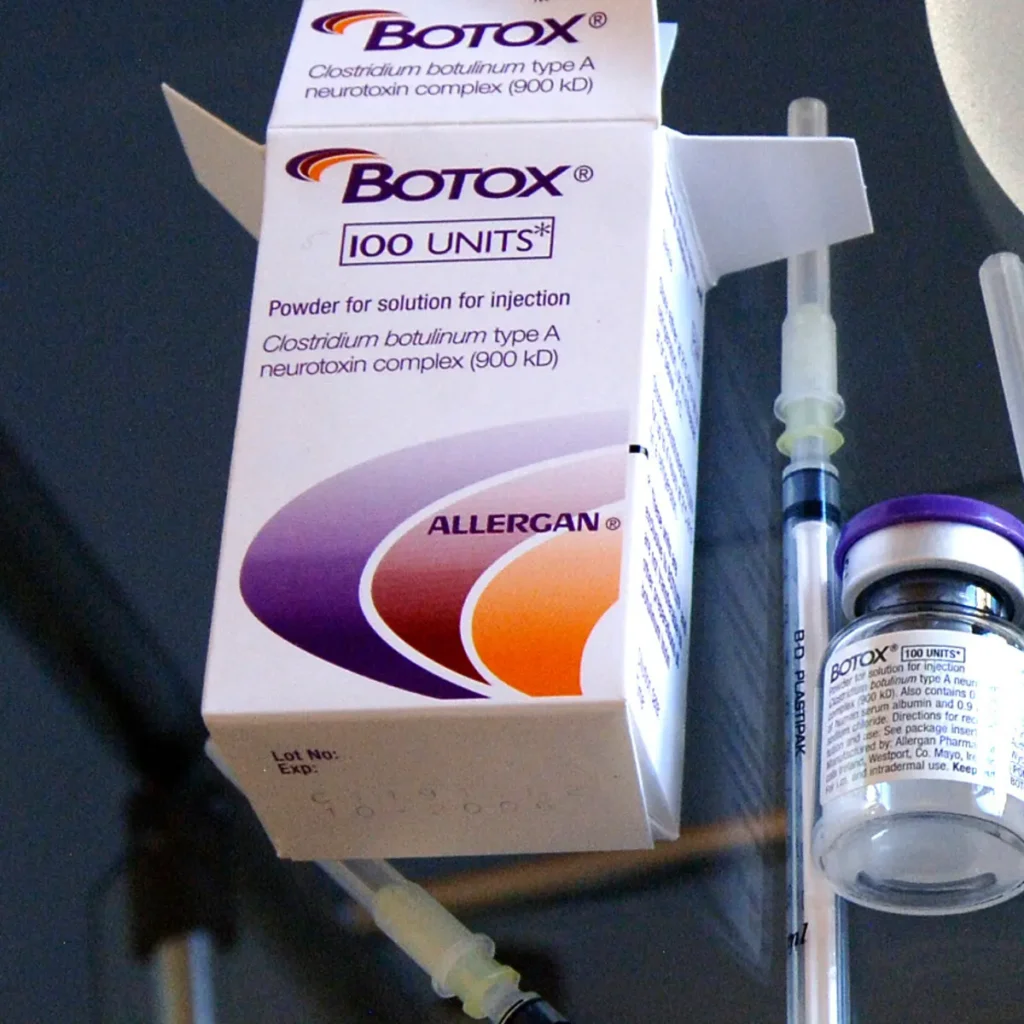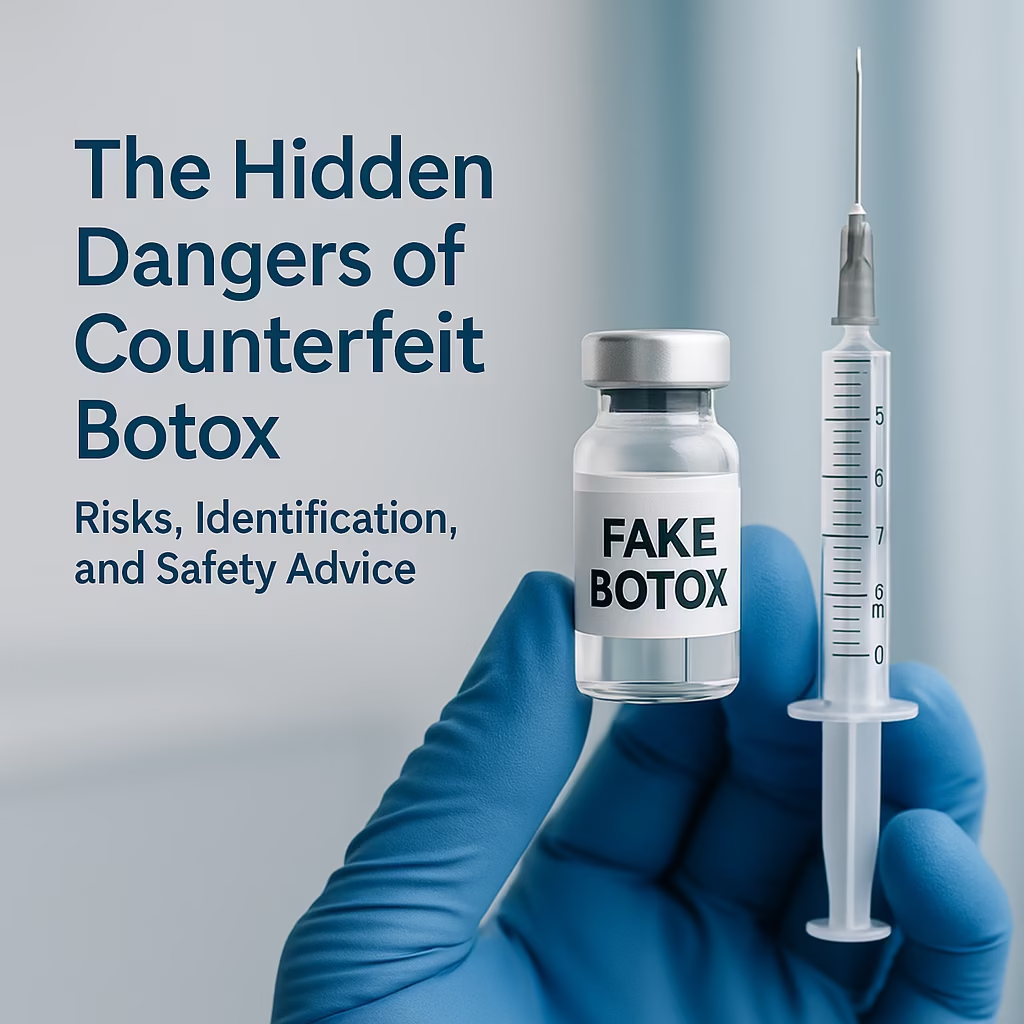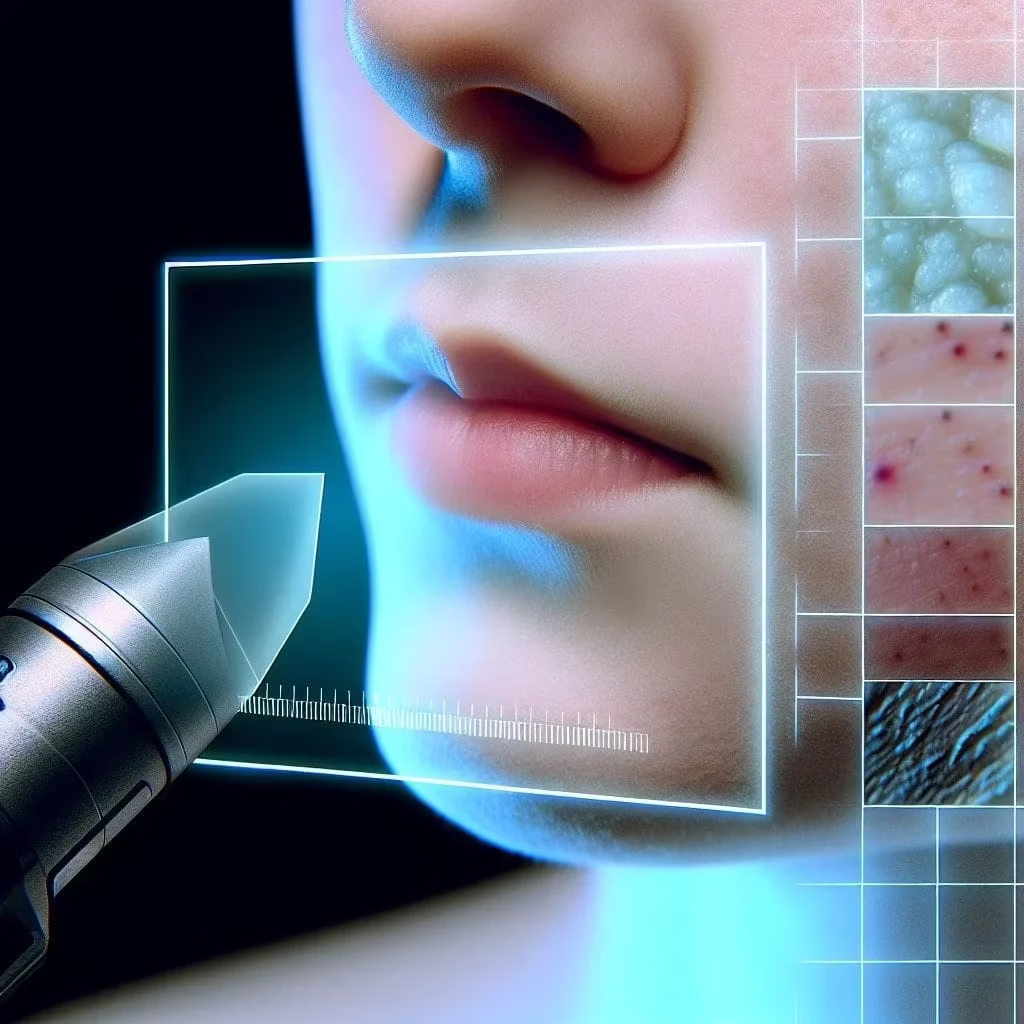Botox has become synonymous with wrinkle reduction, promising a quick and easy route to a more youthful, line-free appearance. But is it truly the magic fix it’s made out to be? This blog summarises the ins and outs of Botox, offering a balanced perspective on its benefits, risks, and alternatives, allowing you to make the correct decision about this popular cosmetic treatment.

Understanding Botox: The Science Behind the Smoothness
What is Botox?
Botox, short for is a purified neurotoxin derived from Clostridium botulinum. When injected in small doses, it temporarily blocks signals to the muscles, relaxing them and reducing the appearance of active wrinkles and fine lines.
Medical Uses of Botox
Botox’s applications extend beyond aesthetics. It’s a valuable tool in treating various medical conditions, including:
- Chronic migraines: Botox injections can reduce the frequency and severity of chronic migraines.
- Muscle spasticity: Botox helps relieve muscle stiffness and spasms associated with conditions like cerebral palsy and multiple sclerosis.
- Overactive bladder: Botox injections can help control urinary incontinence caused by an overactive bladder.
- Certain eye disorders: Botox treats conditions like blepharospasm (involuntary eyelid twitching) and strabismus (crossed eyes).
Cosmetic Uses of Botox: Beyond Wrinkle Reduction
While most people associate Botox with smoothing out wrinkles, it offers a range of cosmetic benefits, such as:
- Lifting the eyebrows: Botox can create a subtle brow lift.
- Softening a gummy smile: Botox injections into the upper lip can reduce the appearance of a gummy smile.
- Slimming the jawline: Botox can relax the masseter muscle (the muscle responsible for chewing), resulting in a slimmer jawline.
- Reducing excessive sweating: Botox injections can treat excessive sweating in the palms, armpits and soles of the feet.
Botox: Not a Magic Wand for Every Wrinkle
Despite its popularity, Botox is only a partial solution for some wrinkle concerns. Understanding its limitations is essential to avoid disappointment and potential complications.
When Botox Isn’t the Best Choice:
- Overactive Frontalis Muscle: Botox may not be the most effective solution if your forehead wrinkles are primarily caused by an overactive frontalis muscle (the muscle responsible for raising your eyebrows). It could lead to a “Spock brow” appearance or uneven results. Alternative treatments like brow lifts or a combination approach might be more suitable.
- Fixed Lines or Lines Outside Treatable Zones: Botox works best on dynamic wrinkles that form due to repeated muscle movement. If your wrinkles are etched into your skin even when your face is relaxed (static wrinkles) or extend beyond the areas typically treated with Botox, other options like dermal fillers or laser resurfacing could provide better outcomes.
- Unrealistic expectations. While it can significantly soften wrinkles and give a refreshed look, it’s not a magic wand that can erase every line or drastically alter your appearance.
- Medical Conditions: Certain medical conditions, active skin infections, or allergies to Botox or its ingredients may make you unsuitable for Botox treatment.
- Pregnancy and Breastfeeding: Although there’s no conclusive evidence on the effects of Botox on pregnant or breastfeeding women, it’s generally recommended to avoid it during these periods.
Alternatives to Botox: Exploring Your Options
Botox isn’t the only weapon in the fight against ageing. Several non-invasive alternatives can help you achieve your aesthetic goals:
- Skincare Products: Retinoids (like tretinoin), vitamin C serums, and peptide-infused creams can gradually improve skin texture and minimise the appearance of wrinkles over time.
- Dermal Fillers: These injectables, often composed of hyaluronic acid, restore lost volume, plumping and smoothing wrinkles from the inside out.
- Chemical Peels: Chemical peels improve the outer layer of the skin and reveal a fresher, smoother complexion. They vary in strength and can address skin concerns, including fine lines and wrinkles.
- Laser Resurfacing: Laser treatments stimulate collagen production, improving skin tone and texture. They can be effective for treating wrinkles, scars, and pigmentation irregularities.
Who Should Consider Botox?
Ideal Candidates
When administered by qualified professionals, Botox is generally safe for those in good overall health. Ideal patients have realistic expectations about the results and understand the potential risks and benefits.
Age Considerations
There’s no one-size-fits-all age for starting Botox. Many individuals begin treatments in their 30s or 40s when early signs of ageing show. However, preventative Botox in younger individuals is becoming increasingly popular, as it can help delay the formation of deeper wrinkles.
Benefits of Botox: The Upsides
Botox offers several advantages that make it a popular choice for cosmetic enhancement:
- Fast Results: You can typically see improvements within 7 days, with the full effects becoming apparent within two weeks.
- Non-surgical: Botox is a non-invasive procedure, making it a less risky option than surgery.
Botox Risks and Side Effects: The Downsides
While Botox is generally safe, it’s essential to be aware of the risks and side effects:
Common Side Effects
Mild side effects like bruising, swelling, and headaches at the injection sites are common and usually resolve on their own within a few days.
Serious Complications
Although rare, more serious complications can occur, such as:
- Drooping eyelids or eyebrows (ptosis)
- Muscle weakness
- Difficulty swallowing or breathing (dysphagia or dyspnea)
- Allergic reaction.
Botox Gone Wrong: The Ugly Side of Unscrupulous Practices
The popularity of Botox has led to a surge in unqualified practitioners and substandard products. Beware of these red flags:
- Unlicensed injectors: Only licensed medical professionals should administer Botox.
- Counterfeit Botox: Fake or diluted Botox can be dangerous and ineffective.
- Over-injection: Too much Botox can lead to a frozen or unnatural appearance, as well as muscle weakness and other complications.
- Unsanitary conditions: Unsterile needles and equipment can transmit infections.
- Lack of proper consultation: A thorough consultation is essential to assess your suitability for Botox and discuss potential risks.
- High-pressure sales tactics: Reputable practitioners will not pressure you into treatment.
Choosing Your Botox Provider: The Importance of Due Diligence
Selecting a qualified practitioner is paramount for a safe and successful Botox experience. Here’s what to look for:
- Credentials: Ensure your injector is a licensed professional, such as a doctor, nurse practitioner, or dentist, with appropriate training and experience in administering Botox.
- Experience: Ask about the practitioner’s experience with Botox and request to see before-and-after photos of their work.
- Consultation: A consultation should include discussing your medical history, aesthetic goals, and realistic expectations. The practitioner should explain the potential risks and side effects and answer any questions you have.
- Authenticity: Verify that the practitioner uses only authentic Botox products from reputable sources.
- Patient-Centred Approach: A good practitioner will prioritise your safety and well-being, listen to your concerns, and never pressure you into treatment.
Ethical Practitioners Follow Guidelines
Reputable practitioners adhere to guidelines and protocols set by organisations like the Joint Council for Cosmetic Practitioners (JCCP) and Save Face. These guidelines emphasise the importance of patient safety, informed consent, and ethical practice.
Botox: A Personal Choice
Ultimately, the decision to get this treatment is a personal one. By weighing up the benefits against the risks, you can make a valid decision that aligns with your aesthetic goals.





